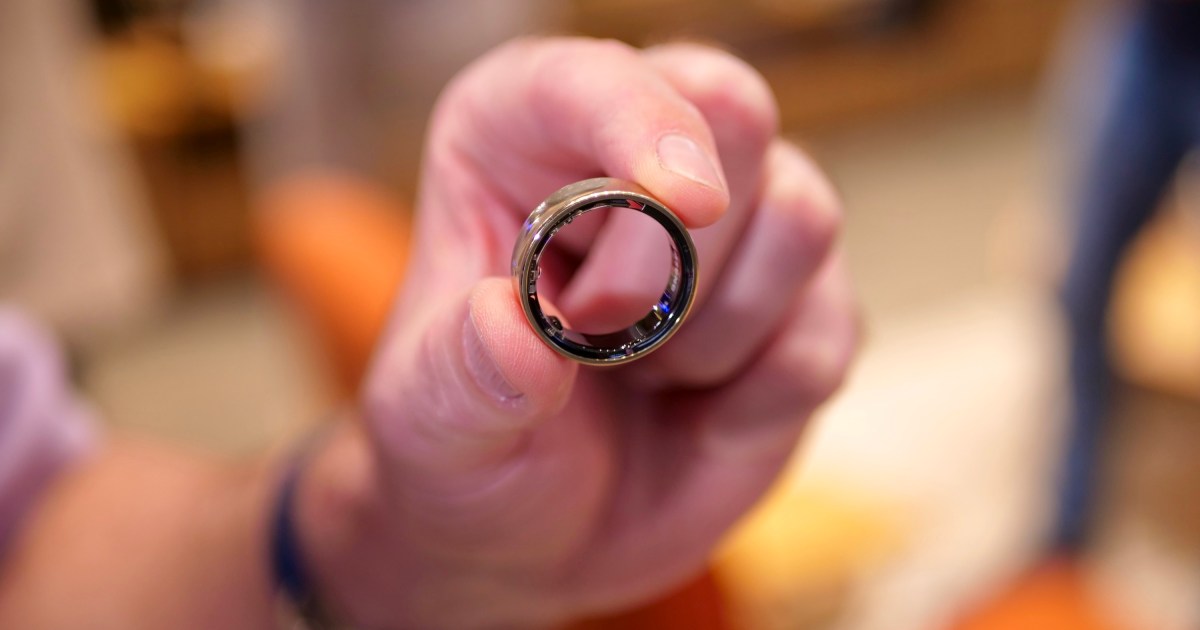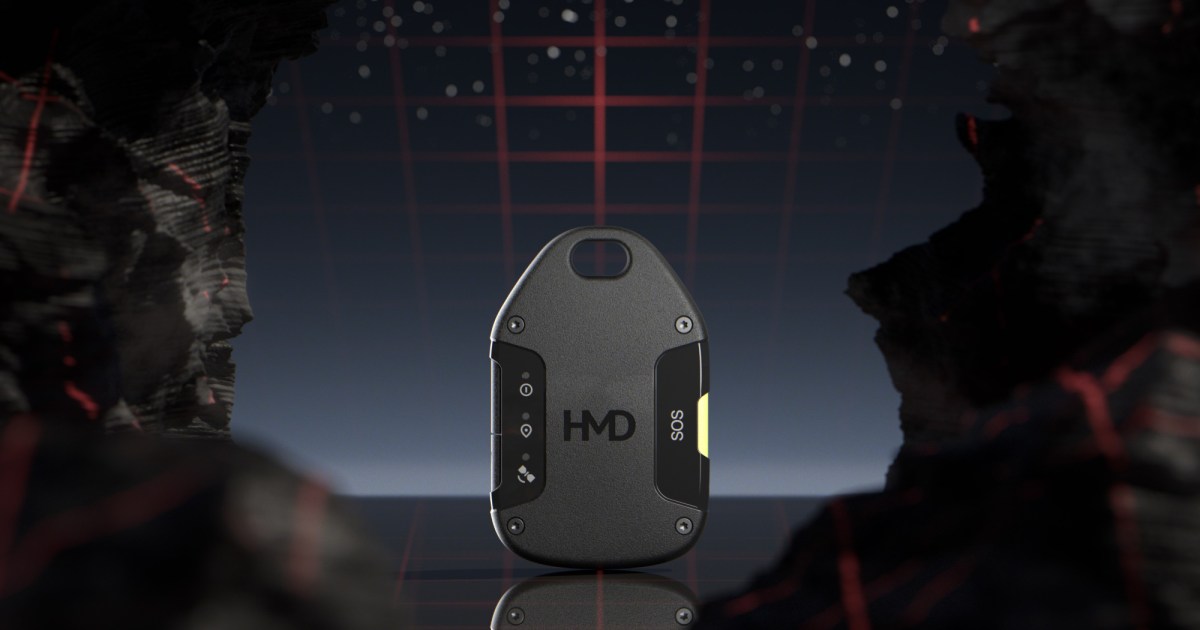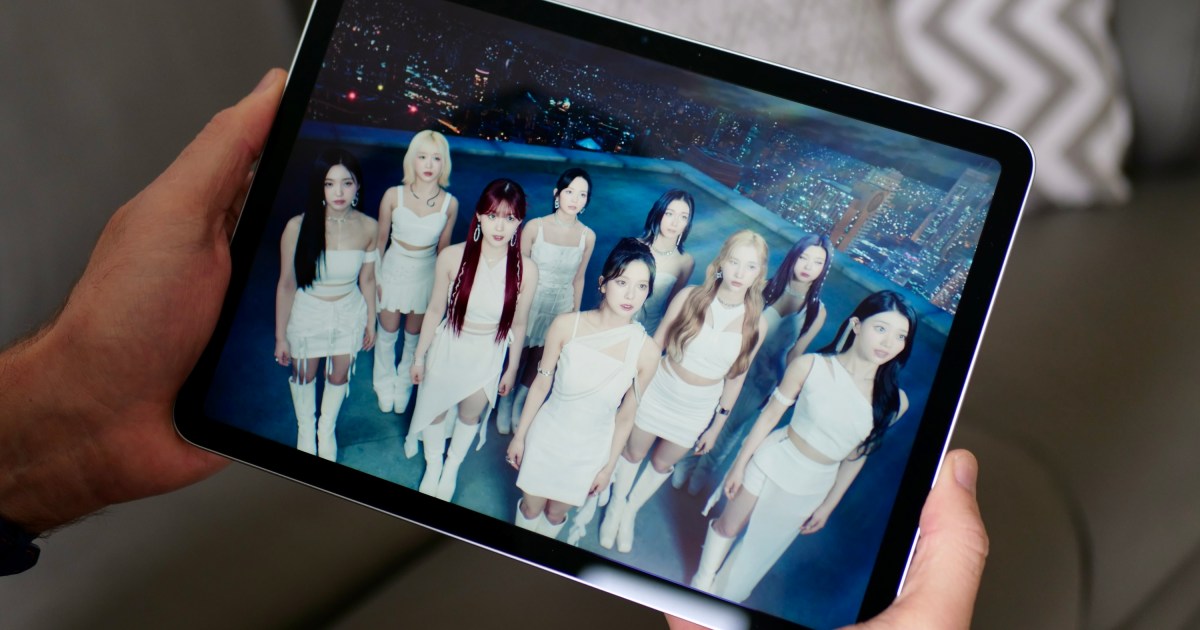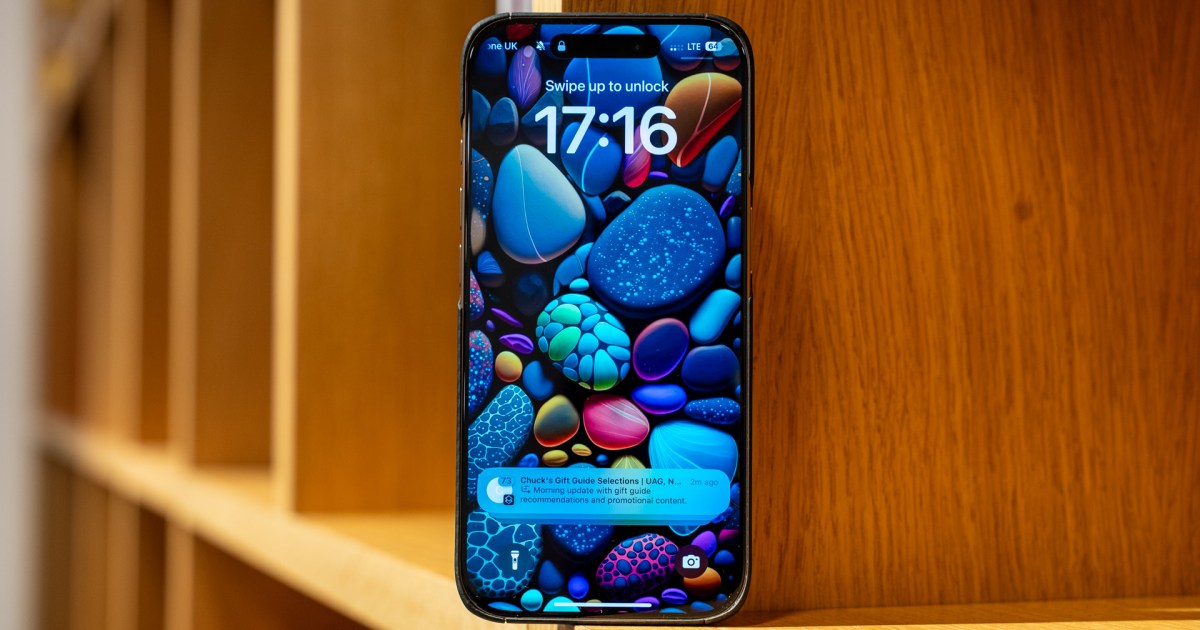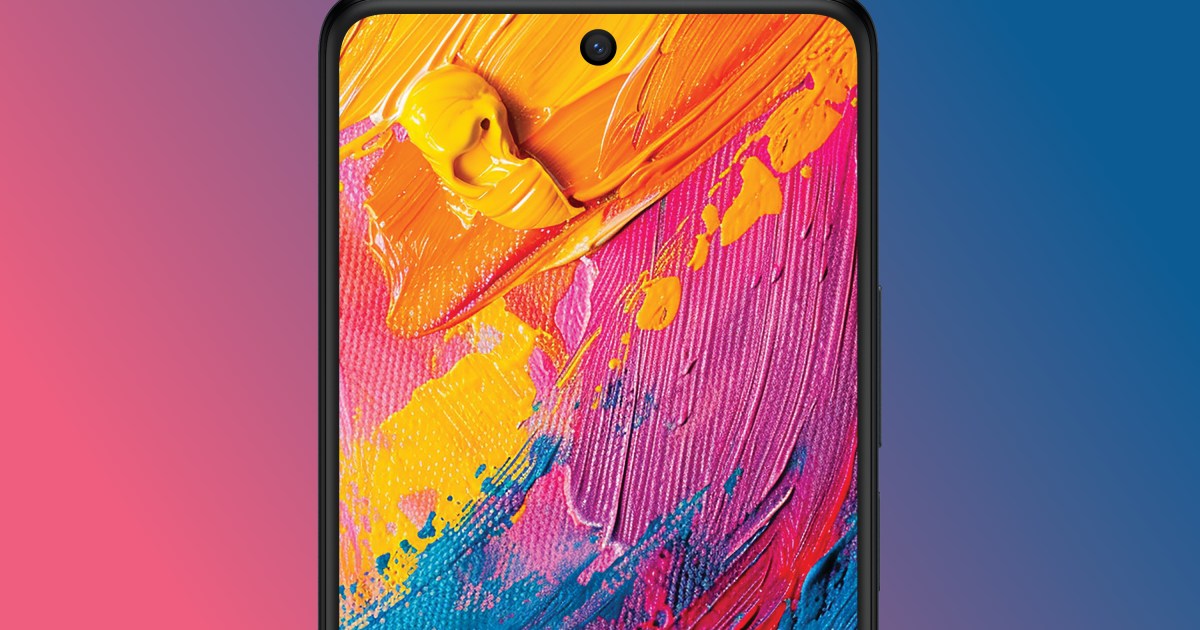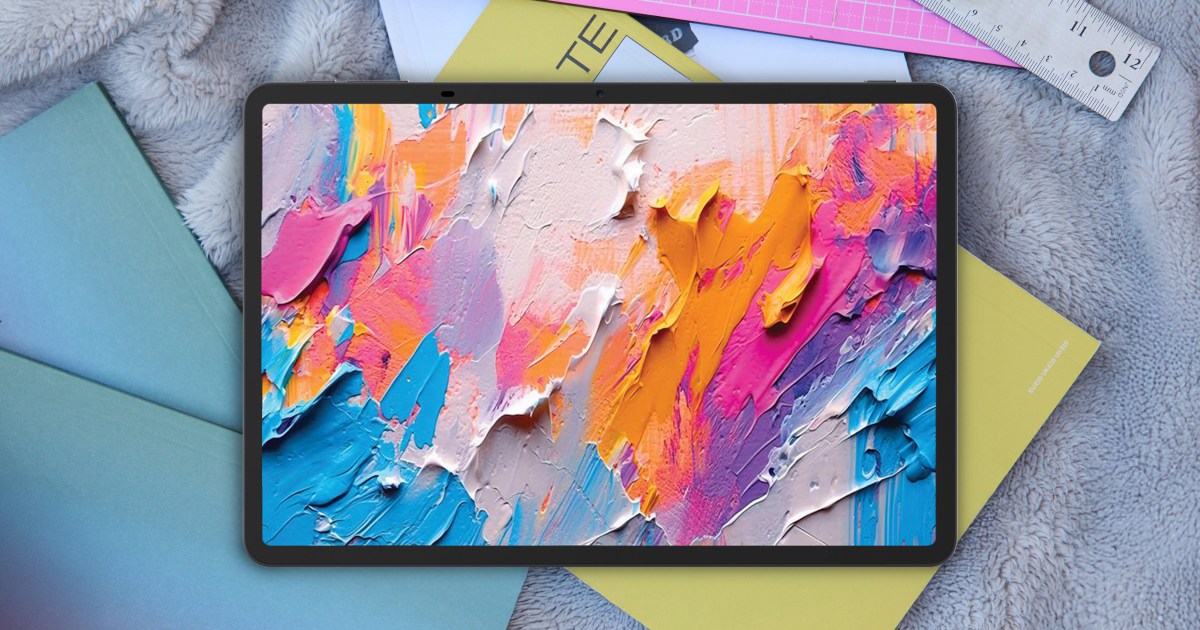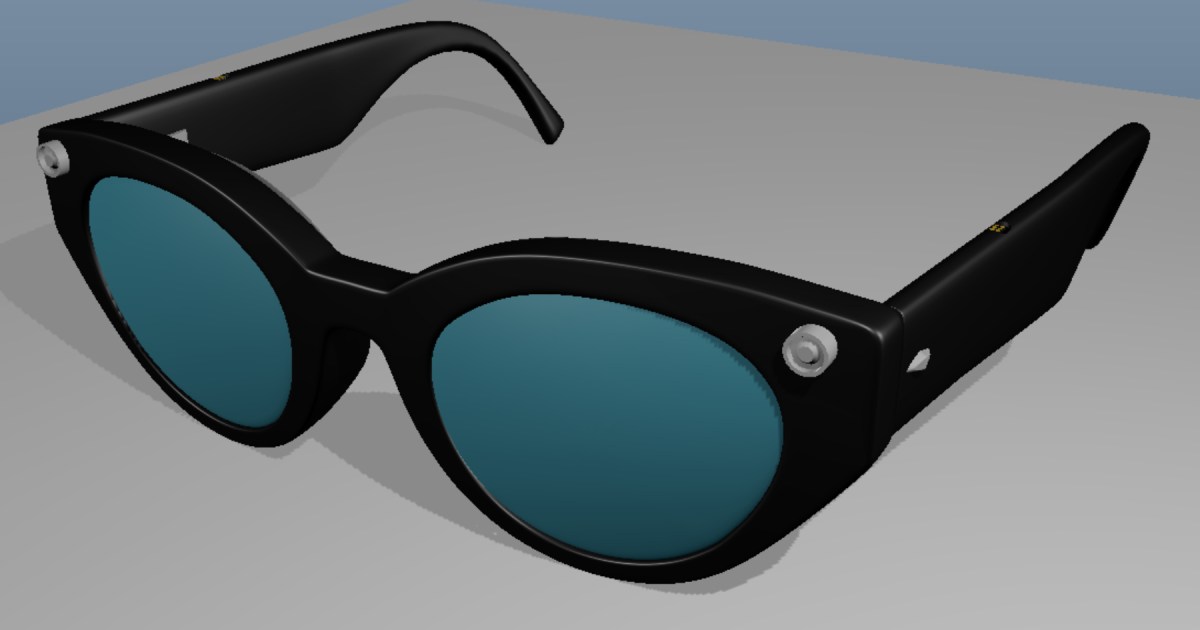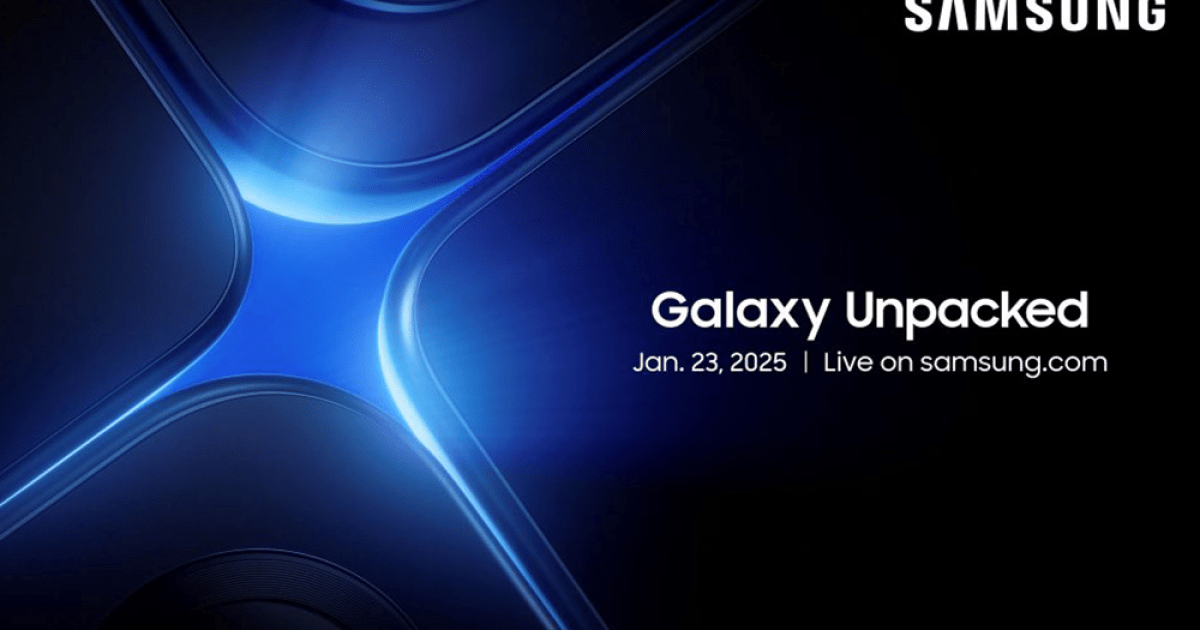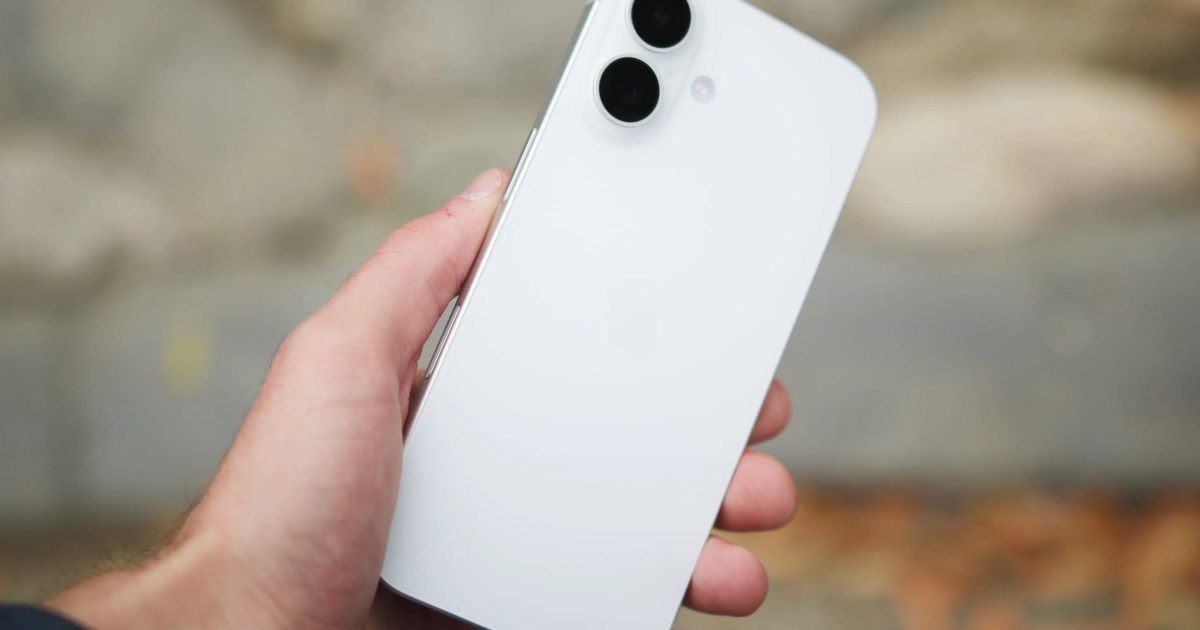The Samsung Galaxy Ring, teased in January 2024 during the Galaxy S24 launch and officially released alongside the Galaxy Z Fold 6 in July, was a highly anticipated device. While it delivered on its promise of comfort and functionality, competitors like RingConn and Oura quickly released successors, diminishing some of the Galaxy Ring’s initial shine. So, what does Samsung need to do to reclaim the top spot in the smart ring arena? Here’s what we’d like to see in the Galaxy Ring 2.
Enhanced Health Tracking, Including Sleep Apnea Detection
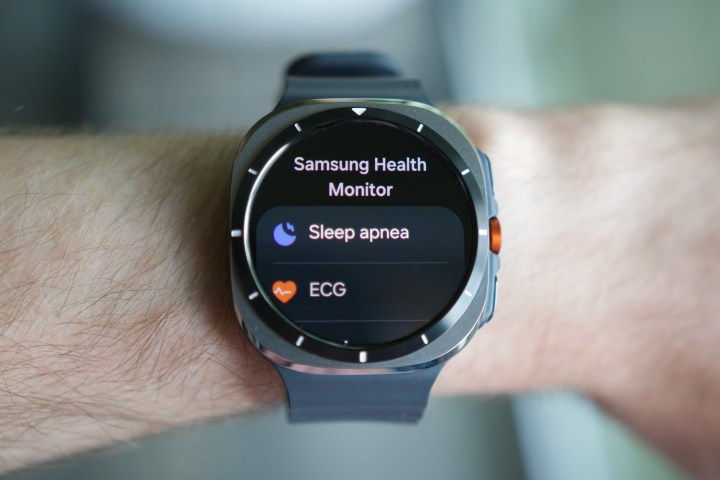
A notable omission from the original Galaxy Ring was sleep apnea detection, a feature prominently showcased on the Galaxy Watch Ultra and Watch 7. This is especially surprising considering the RingConn Gen 2 launched shortly after with this very capability. Samsung’s strategy positions the Galaxy Ring as a companion to the Galaxy Watch, not a replacement. This explains the limited feature set compared to competitors like the Oura Ring 4. While integrating the Ring with the existing 64 million Samsung Health users is a smart move, requiring an additional device for full functionality feels limiting. Samsung’s approach of prioritizing combined data readings from both watch and ring is innovative, but there’s significant potential for the Ring to stand on its own.
From Companion to Standalone Device
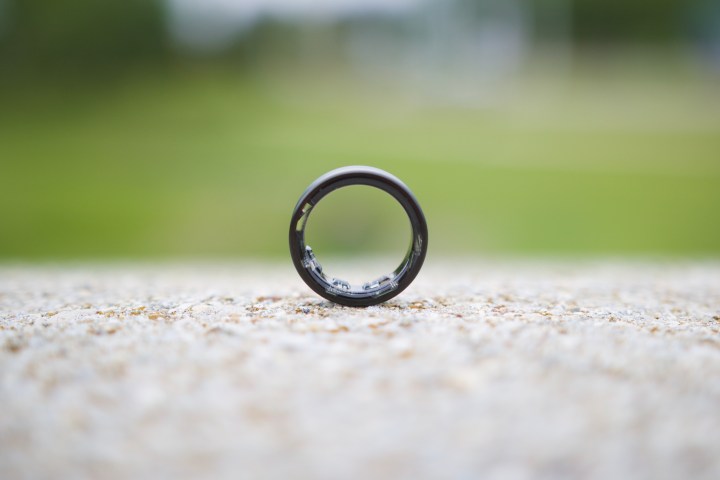
As the only major phone manufacturer in the smart ring space, Samsung has the power to shape industry trends. However, limiting the Galaxy Ring’s features to encourage purchases of other Samsung products feels restrictive. Competitors like RingConn and Oura offer standalone rings with comprehensive health tracking, including sleep apnea detection. RingConn boasts an impressive 150-day battery life with its charging case, while Oura provides a comfortable, integrated sensor design and a rich feature set (albeit with a subscription). An ideal Galaxy Ring 2 would provide full access to Samsung Health features independently, regardless of Galaxy Watch ownership.
Expanding Compatibility Beyond Samsung Phones
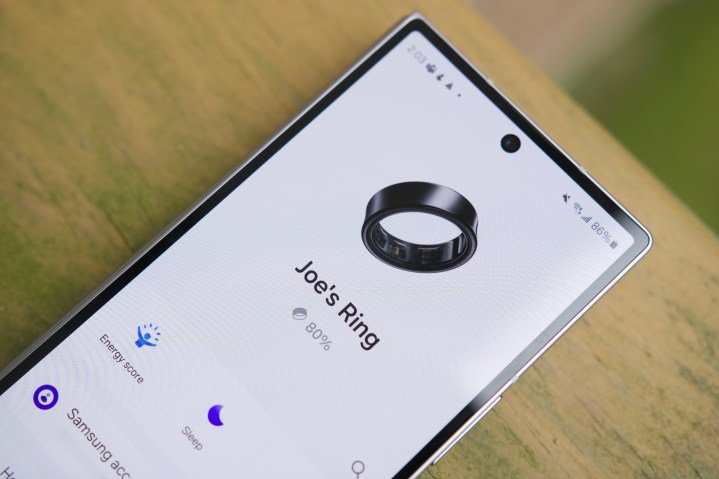
While Samsung claims optimal performance when paired with a Galaxy smartphone, the reality is more nuanced. Testing reveals similar functionality with non-Samsung Android devices, though background processing issues sometimes require manual app intervention. Streamlining the Galaxy Ring experience by consolidating multiple apps into one would be a significant improvement. Even more impactful would be iPhone compatibility. Currently, Android exclusivity excludes a massive potential user base and makes competitors like Oura and RingConn more appealing to undecided buyers. While older Samsung wearables support iOS, extending this to the Galaxy Ring would dramatically broaden its reach.
A Flush, Integrated Sensor Design
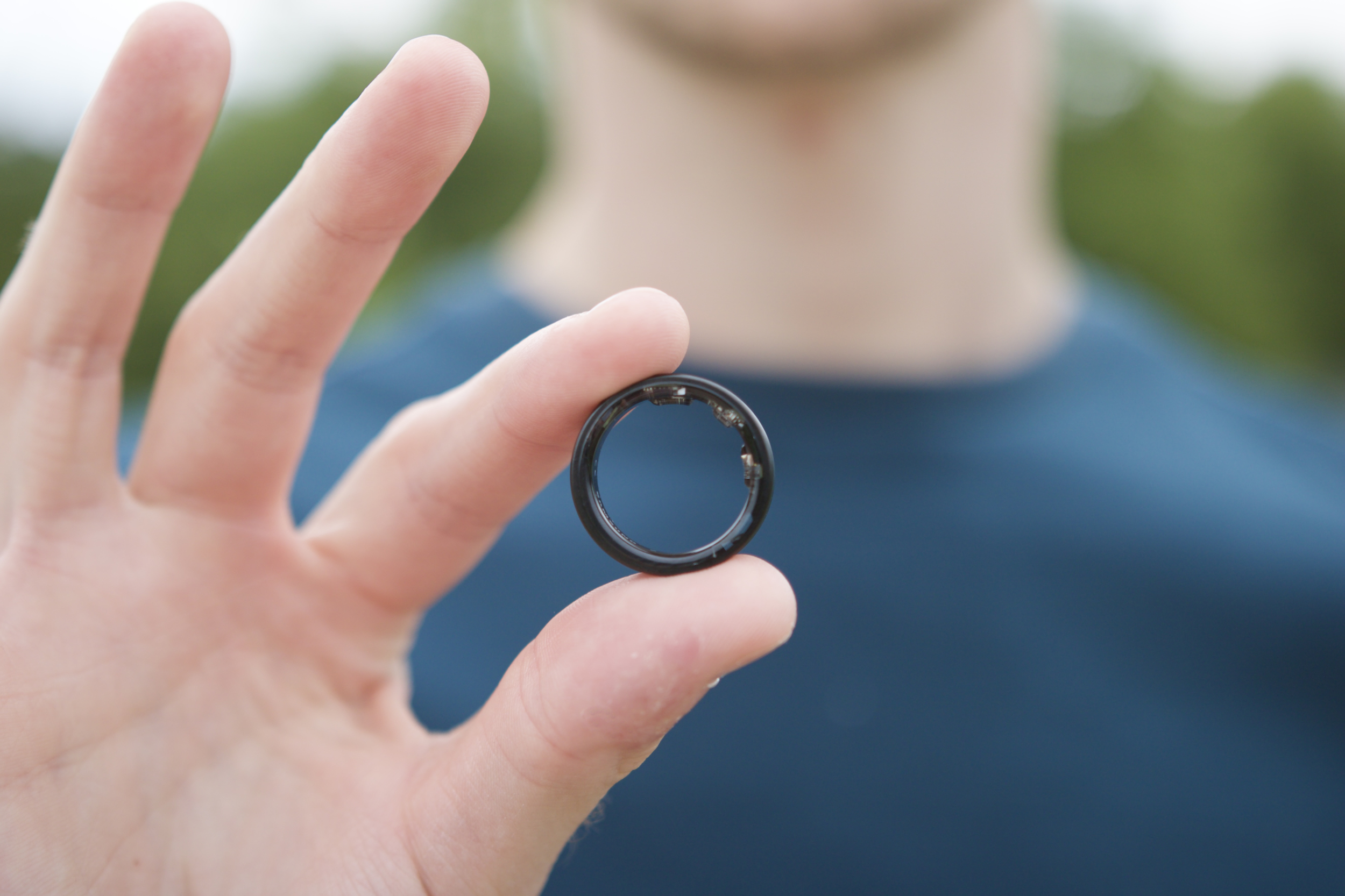
The Oura Ring 4’s bump-less, integrated sensor design sets a high bar for comfort. While the Galaxy Ring boasts a more durable, concave design, the protruding sensors can be uncomfortable for some users. A flush sensor design not only enhances comfort but also improves data accuracy by allowing for better sensor communication and consistent readings regardless of ring rotation.
An Upgraded Charging Case
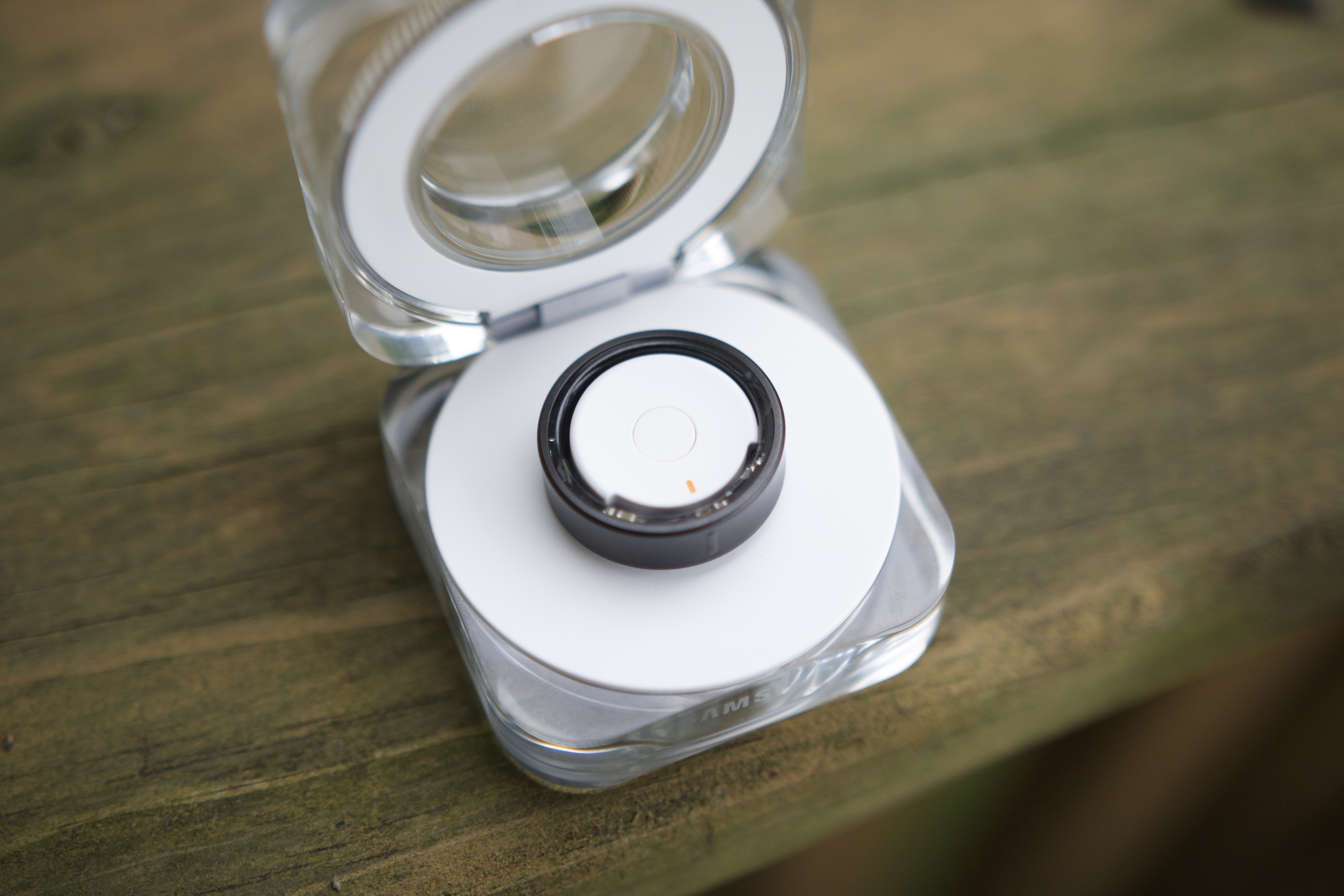
The Galaxy Ring’s charging case, allowing for up to three weeks of use, was a welcome innovation. However, RingConn Gen 2 raised the bar with its 150-day case battery life. Samsung could significantly enhance the Galaxy Ring 2 by increasing the case size and battery capacity, aiming for at least 45 days of use on a single charge.
Looking Ahead to the Galaxy Ring 2
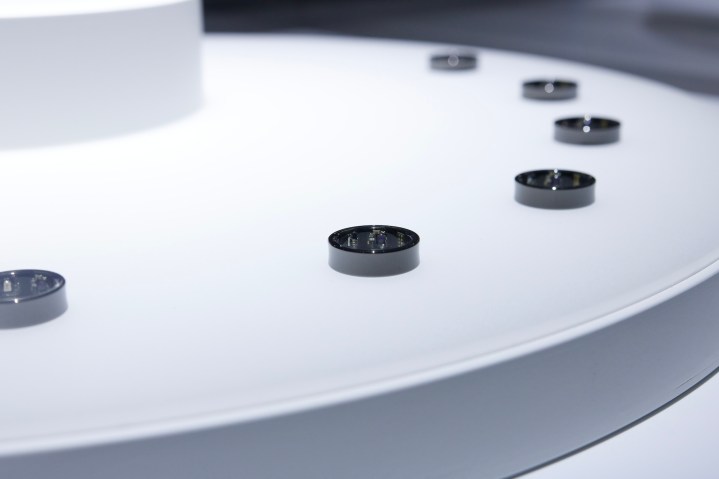
The Galaxy Ring’s debut brought smart rings into the mainstream. The Galaxy Ring 2 has the potential to be just as impactful. Whether Samsung adopts a yearly update cycle like its phones, an 18-month cadence like RingConn, or a three-year cycle like Oura remains to be seen. Regardless, the next iteration should build upon the original’s strengths while incorporating features that make competitors so compelling. A Galaxy Ring 2 that rivals the Oura Ring 4 in functionality while retaining its unique design elements would be a truly exciting development.



